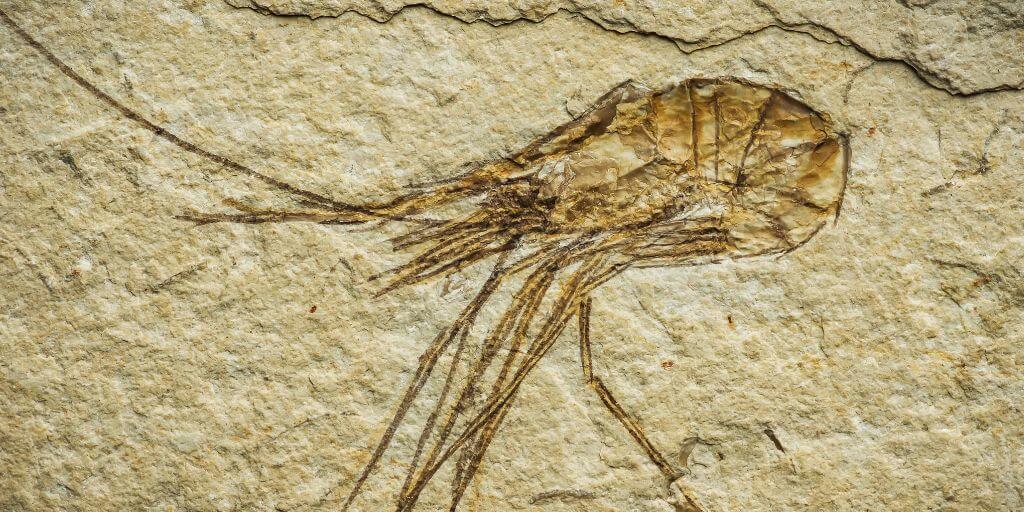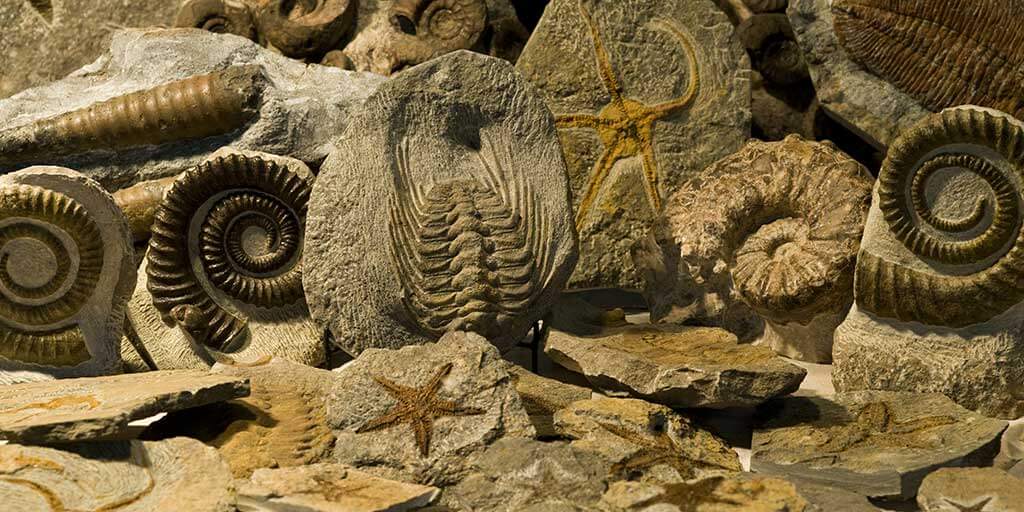The Cambrian Explosion and Intelligent Design – Part 2

Dr. John Ankerberg: This next clip explains why Darwin’s theory of natural selection and random mutation cannot account for what is needed to build a Cambrian animal. Folks, I want you to listen.
Narrator: Each of the thousands of different proteins in nature is actually a chain made from a specific combination of 20 different amino acids. The sequential order of these chemical building blocks is crucial; for if they are arranged correctly, the chain folds into a functioning three-dimensional molecule. But if the amino acids are incorrectly assembled, no protein will form. If proteins are indeed rare among the possible sequences of amino acids, what are the odds that mutations would stumble upon a functional combination of chemicals from the vast number of alternatives? To find out, Axe randomly altered the structures of an enzyme protein comprised of 150 amino acids.
Stephen Meyer: You’ve got a protein 150 amino acids longs. Then you’ve got 20150 possible ways of arranging the amino acids. Out of all those possibilities, how many are functional and how many are gibberish?
Doug Axe: If you do the experiments, and you analyze how much information is required to get, say, a new protein fold, it’s just far beyond what you can get by random mutation and natural selection.
Narrator: How far beyond? Axe published his findings in the Journal of Molecular Biology. He determined that among all the possible amino acid combinations, the probability of generating just one short protein by mutation is roughly one in 1074, or one chance in 100 trillion, trillion, trillion, trillion, trillion, trillion.
Stephen Meyer: To put that in context, there’s only 1065 atoms in the entire galaxy. So to build a new functional protein by selection and mutation within the time allowed for the Cambrian explosion, what you’re essentially having to do is equivalent to a blindfolded man looking throughout the entire galaxy for one marked atom. So what we’re talking about is searching for a tiny, tiny needle in an enormous haystack, and having a very limited time to search.
Doug Axe: So, on the question of something like the Cambrian explosion, there does not appear to be any way that unguided, random mutations can accomplish what needs to be accomplished to explain new functional proteins. And certainly, by extension, wherever in the history of life you would need to have multiple new protein folds, the probabilities multiply. So there’s no reason to think that this is plausible.
Dr. John Ankerberg: Dr. Meyer, that’s really impressive. Do you have another way of illustrating what we just saw?
Dr. Stephen Meyer: Well, we talked in previous series about a bike lock as an illustration. You have a thief who wants to perform a random search to find a combination in order to steal a bike. He comes up against a big hurdle, and that is the number of combinations that have to be searched. In a four-dial bike lock you have ten digits on each dial, so you’ve got ten times ten times ten times ten, or 10,000 possibilities that have to be searched. But depending on how much time is available, it could either be plausible that the search will be successful randomly, or implausible. What Axe has shown is that in the case of even a single gene or protein—Douglas Axe, the scientist that we saw in the last clip—is that in the case of even a single gene or protein, the number of dials that we are affectively looking at is about 74, depending—the slight differences in his estimates depending on the method he uses—where you’ve got ten possibilities at each dial, so that’s an enormous number of combinations that correspond to that. That’s one in 1074 combinations.
Now, that number is so big—it’s many orders of magnitude greater than the number of atoms that exist in the Milky Way galaxy—that you can see that you would have to be looking a long, long, long time by random means to sample more than half of those possibilities. Once you get beyond half, then you can say it’s more likely that you’ll succeed than you will fail. But because the number is so big, there’s so many possible ways of arranging those amino acids or the letters in the DNA code that would correspond to building those proteins, that even on the scale of cosmic time, or on the scale of the history of life on earth, you’re going to not have nearly enough time to sample but a tiny fraction of that total number of combinations. Which means it’s going to be overwhelmingly more likely that a random search will fail to find even a single functional gene or protein in the known history of life on earth than it is that such a random search will succeed.
And if it’s overwhelmingly more likely, that a random search will fail to find a new gene or protein, fail to generate new genetic information, then the hypothesis that such a search succeeded is actually more likely to be false than true, in which case that’s a bad hypothesis and we should reject it.
Go Deeper
- Iran, Israel and End Time Events – 2 DVD’s 3 Books – Package Offer
- The End of America? – Book
- Can We Still Believe in the Rapture? – Book
- Northern Storm Rising – Book
Excerpted from our series The Case for Intelligent Design. See in our store at https://jashow.org/resources/the-case-for-intelligent-design/








